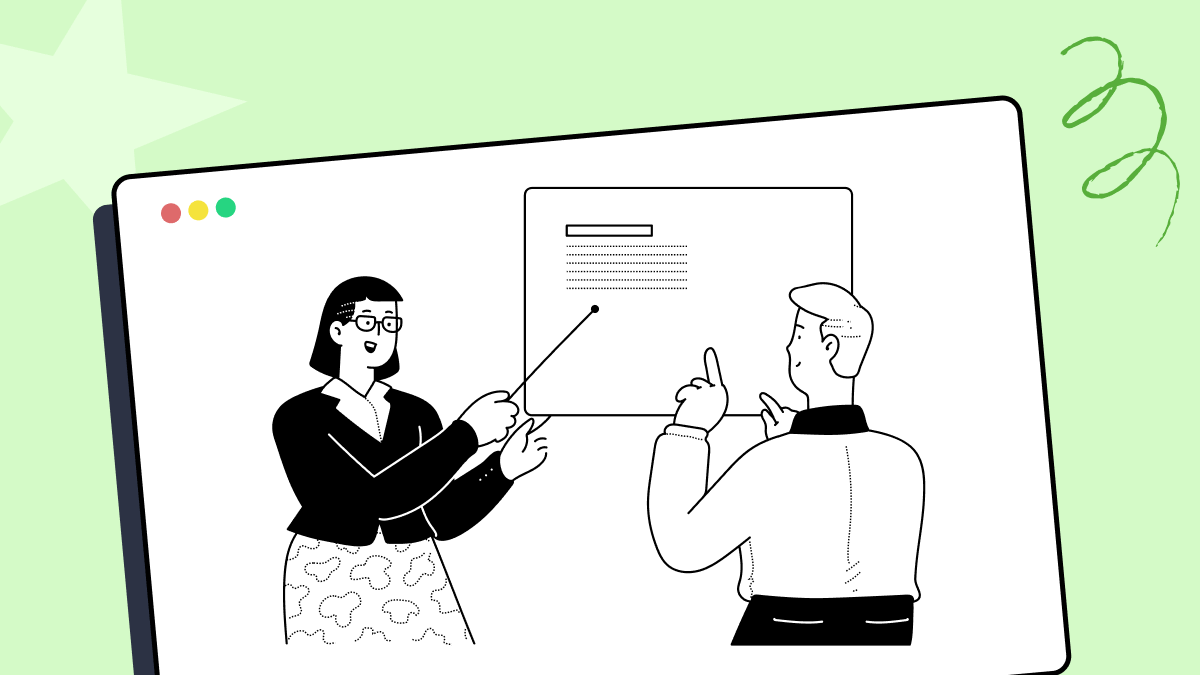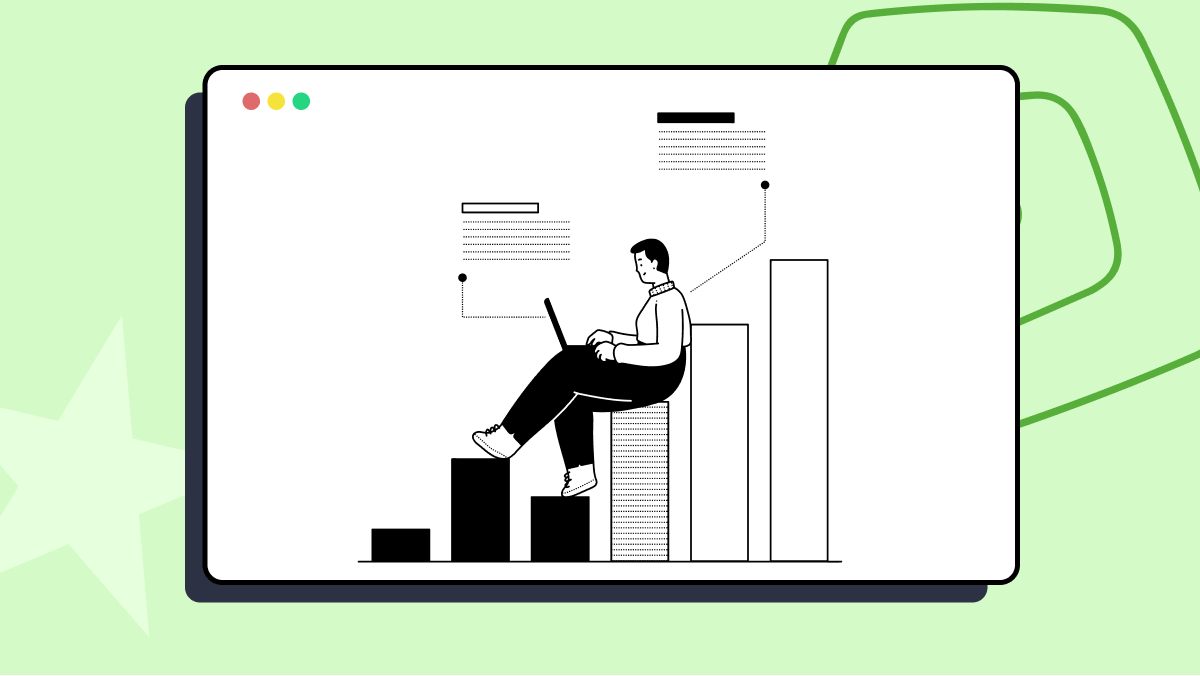How to use list_hosted_zones method in localstack
Best Python code snippet using localstack_python
Update_Route53.py
Source: Update_Route53.py
...3def lambda_handler(event, context):4 IP_ResourceRecords = []5 # Obtener el DNS Name y su IP6 client_route53 = boto3.client('route53')7 list_hosted_zones = client_route53.list_hosted_zones()8 ID_HostedZones = list_hosted_zones['HostedZones'][0]['Id'].split('/')[2]9 # print(ID_HostedZones) #Punto de control10 list_resource_record_sets = client_route53.list_resource_record_sets(HostedZoneId=ID_HostedZones)11 ResourceRecordSets = list_resource_record_sets['ResourceRecordSets']12 # print(ResourceRecordSets) #Punto de control13 for RecordSet in ResourceRecordSets:14 if 'NS' == RecordSet['Type']:15 Name = RecordSet['Name']16 ResourceRecords = RecordSet['ResourceRecords'][0]['Value']17 # print(Name, ResourceRecords) #Punto de control18 IP_ResourceRecords.append(Name)19 # return IP_ResourceRecords #Punto de control20 client_route53 = boto3.client('route53')21 list_hosted_zones = client_route53.list_hosted_zones()22 ID_HostedZones = list_hosted_zones['HostedZones'][0]['Id'].split('/')[2]23 # Obtener la IP actual de la instancia24 client_ec2 = boto3.client('ec2')25 Instances = client_ec2.describe_instances()26 for instance in (Instances['Reservations']):27 for ec2 in instance['Instances']:28 PrivateIpAddress = ec2['PrivateIpAddress']29 Tags = ec2['Tags']30 for tag in Tags:31 if tag["Key"] == 'Name':32 InstanceName = tag["Value"]33 # print(InstanceName, PrivateIpAddress) #Punto de control34 if 'QXBASTION' not in InstanceName:35 # print(InstanceName, PrivateIpAddress) #Punto de control...Upgrade_IPServer_ON_IPRoute53.py
Source: Upgrade_IPServer_ON_IPRoute53.py
...3def lambda_handler(event, context):4 IP_ResourceRecords = []5 # Obtener el DNS Name y su IP6 client_route53 = boto3.client('route53')7 list_hosted_zones = client_route53.list_hosted_zones()8 ID_HostedZones = list_hosted_zones['HostedZones'][0]['Id'].split('/')[2]9 # print(ID_HostedZones) #Punto de control10 list_resource_record_sets = client_route53.list_resource_record_sets(HostedZoneId=ID_HostedZones)11 ResourceRecordSets = list_resource_record_sets['ResourceRecordSets']12 # print(ResourceRecordSets) #Punto de control13 for RecordSet in ResourceRecordSets:14 if 'NS' == RecordSet['Type']:15 Name = RecordSet['Name']16 ResourceRecords = RecordSet['ResourceRecords'][0]['Value']17 # print(Name, ResourceRecords) #Punto de control18 IP_ResourceRecords.append(Name)19 # return IP_ResourceRecords #Punto de control20 client_route53 = boto3.client('route53')21 list_hosted_zones = client_route53.list_hosted_zones()22 ID_HostedZones = list_hosted_zones['HostedZones'][0]['Id'].split('/')[2]23 # Obtener la IP actual de la instancia24 client_ec2 = boto3.client('ec2')25 Instances = client_ec2.describe_instances()26 for instance in (Instances['Reservations']):27 for ec2 in instance['Instances']:28 PrivateIpAddress = ec2['PrivateIpAddress']29 Tags = ec2['Tags']30 for tag in Tags:31 if tag["Key"] == 'Name':32 InstanceName = tag["Value"]33 # print(InstanceName, PrivateIpAddress) #Punto de control34 if 'QXBASTION' not in InstanceName:35 # print(InstanceName, PrivateIpAddress) #Punto de control...Blogs
Check out the latest blogs from LambdaTest on this topic:
The events over the past few years have allowed the world to break the barriers of traditional ways of working. This has led to the emergence of a huge adoption of remote working and companies diversifying their workforce to a global reach. Even prior to this many organizations had already had operations and teams geographically dispersed.
Joseph, who has been working as a Quality Engineer, was assigned to perform web automation for the company’s website.
In today’s world, an organization’s most valuable resource is its customers. However, acquiring new customers in an increasingly competitive marketplace can be challenging while maintaining a strong bond with existing clients. Implementing a customer relationship management (CRM) system will allow your organization to keep track of important customer information. This will enable you to market your services and products to these customers better.
Automation Testing Tutorials
Learn to execute automation testing from scratch with LambdaTest Learning Hub. Right from setting up the prerequisites to run your first automation test, to following best practices and diving deeper into advanced test scenarios. LambdaTest Learning Hubs compile a list of step-by-step guides to help you be proficient with different test automation frameworks i.e. Selenium, Cypress, TestNG etc.
LambdaTest Learning Hubs:
- JUnit Tutorial
- TestNG Tutorial
- Webdriver Tutorial
- WebDriverIO Tutorial
- Protractor Tutorial
- Selenium 4 Tutorial
- Jenkins Tutorial
- NUnit Tutorial
- Jest Tutorial
- Playwright Tutorial
- Cypress Tutorial
- PyTest Tutorial
YouTube
You could also refer to video tutorials over LambdaTest YouTube channel to get step by step demonstration from industry experts.
Try LambdaTest Now !!
Get 100 minutes of automation test minutes FREE!!



